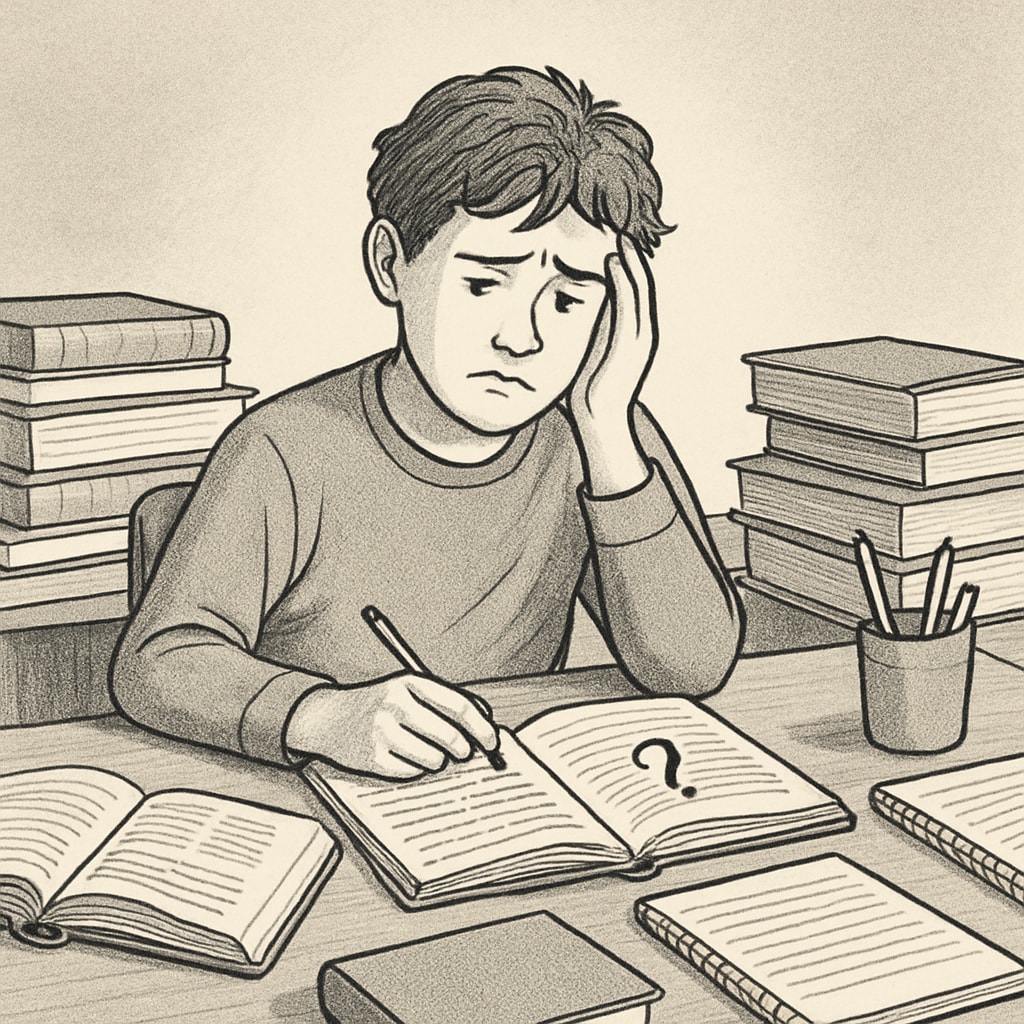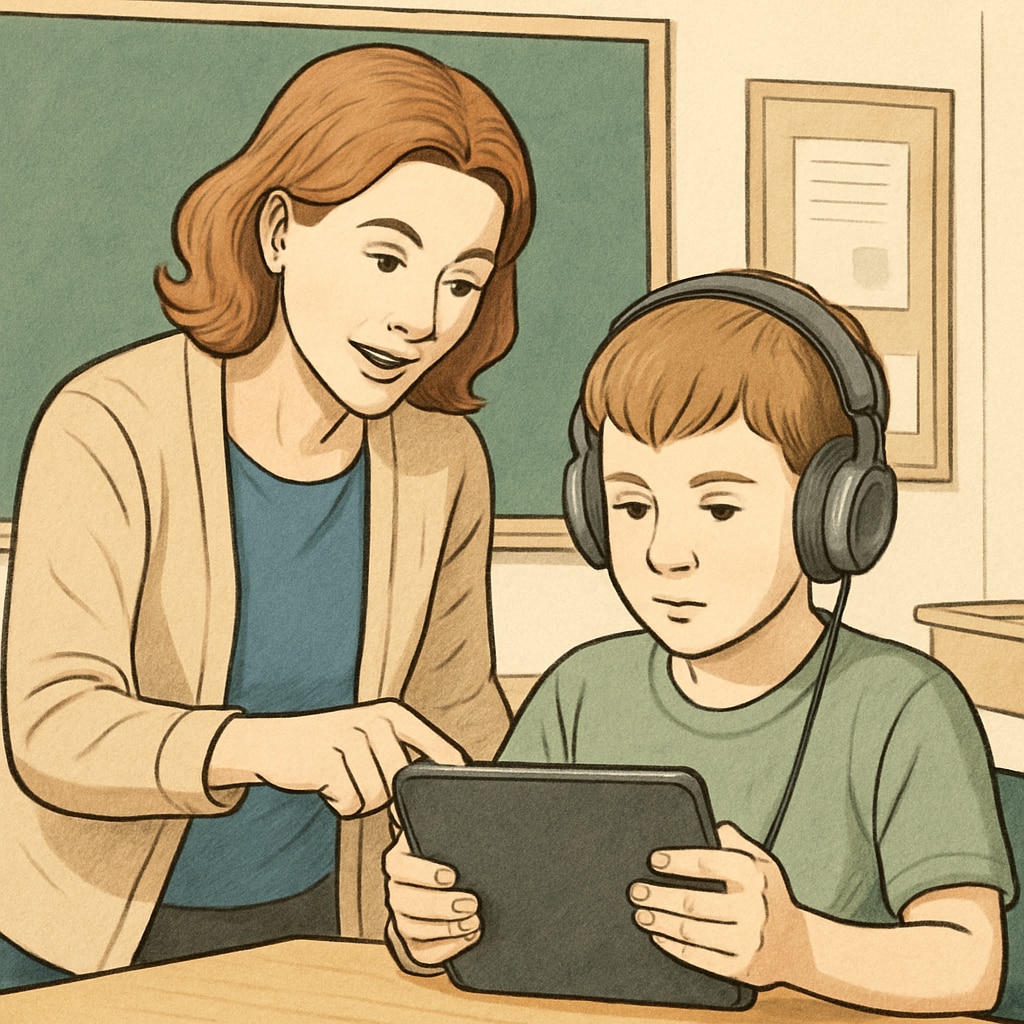Pursuing a medical dream amidst learning disabilities can feel like an uphill battle. For one K12 student, this journey exemplifies the resilience and determination needed to overcome educational challenges. In an academic system often ill-equipped to address unique learning needs, this student’s story sheds light on the importance of personalized support, collaboration between schools and families, and psychological development in achieving success.
Understanding the Intersection of Learning Disabilities and Ambition
Learning disabilities, which encompass difficulties such as dyslexia, ADHD, and auditory processing disorders, often place significant barriers in a student’s academic journey. Despite these challenges, many students dream of achieving high-demand careers like medicine, which require years of rigorous study and dedication. For this K12 student, the path to pursuing their medical dream was fraught with obstacles, but their unwavering determination provided a beacon of hope.

Educational Systems and Their Role in Supporting Students
The educational system plays a pivotal role in either empowering or hindering students with learning disabilities. Unfortunately, the standardized nature of many curriculums often fails to accommodate the diverse needs of these students. For this aspiring medical professional, the lack of tailored resources and understanding posed additional hurdles.
- Individualized Education Plans (IEPs): These customized programs can help students by addressing their specific learning challenges.
- Assistive Technologies: Tools like text-to-speech software or specialized apps can bridge the gap and improve comprehension.
- Teacher Training: Educators equipped with knowledge about learning disabilities can better support affected students.
Research from Britannica highlights the importance of early diagnosis and intervention for students with dyslexia, which can significantly impact their academic outcomes.

Building Resilience and Seeking Support
Beyond institutional changes, personal resilience and external support systems are essential for students navigating learning disabilities. For this K12 student, family encouragement and self-advocacy became crucial tools in overcoming barriers. Strategies that proved effective included:
- Setting Realistic Goals: Breaking their medical dream into smaller, achievable milestones reduced feelings of overwhelm.
- Seeking Counseling: Professional mental health support helped bolster their confidence and strengthen coping mechanisms.
- Joining Peer Communities: Connecting with others facing similar challenges fostered a sense of belonging and mutual encouragement.
According to Wikipedia, students with ADHD often benefit from structured routines and mindfulness techniques, which can improve focus and academic performance.
In addition, this student’s story highlights the power of persistence. Despite setbacks and moments of self-doubt, their determination to become a medical professional has transformed their learning difficulties into a source of strength.
Looking Ahead: Creating Inclusive Educational Opportunities
The story of this K12 student serves as a call to action for educators, families, and policymakers. By fostering inclusive environments and implementing adaptable learning frameworks, we can ensure that students with disabilities have equal opportunities to chase their dreams. Whether through innovative teaching methods or community-based support systems, there is a collective responsibility to uplift those facing unique challenges.
As a result, students like this aspiring doctor remind us that limitations do not define potential. With the right combination of personalized support and resilience, even the most ambitious dreams can become a reality.
Readability guidance: The article uses short paragraphs and lists to improve readability. It balances technical and general information, ensuring accessibility for a wide audience. Active voice and transitional words maintain a smooth flow, while images are positioned to complement the narrative.


